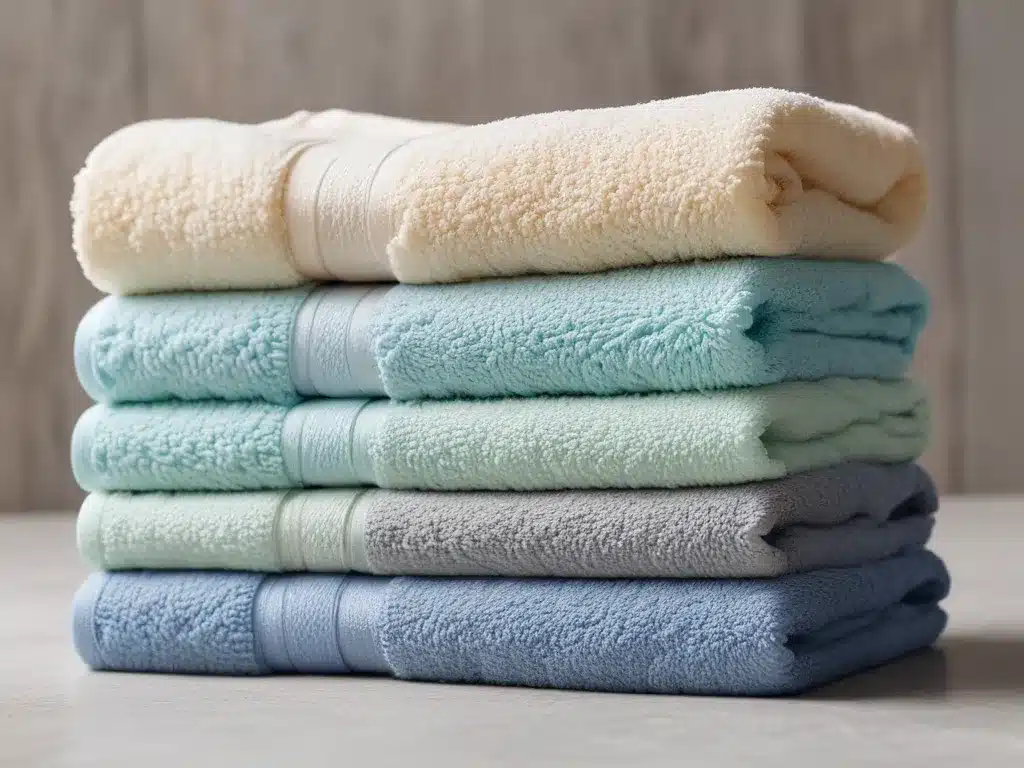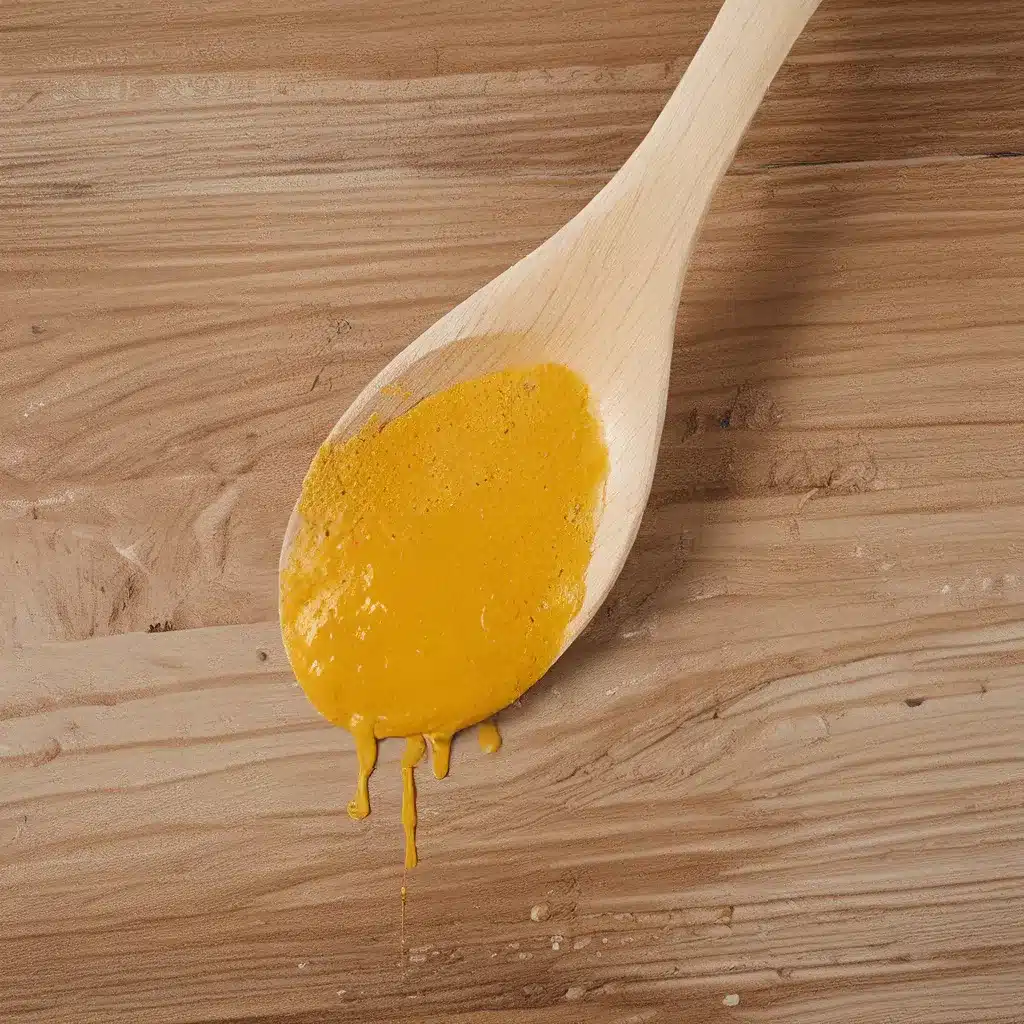The Absorbency Battle: Microfiber vs Cotton Towels
The absorbency of a towel is a crucial factor when it comes to effectively drying oneself after a shower or a swim. This comparison aims to delve into the absorbency capabilities of microfiber and cotton towels, enabling you to make an informed decision about which material best suits your needs.
Microfiber towels have gained popularity in recent years due to their exceptional absorbency. The microscopic fibers in microfiber towels can absorb up to seven times their weight in water, making them highly efficient at drying. The small size of the fibers also allows them to penetrate deep into the fabric, trapping more moisture. This superior absorbency can be particularly beneficial for those with limited drying time or who prefer a quick-drying solution.
In contrast, cotton towels are a traditional and well-loved option. While they may not match the absorbency of microfiber, they still boast a respectable water-wicking ability. The natural fibers in cotton towels can absorb a significant amount of moisture, making them a reliable choice for everyday use. Additionally, cotton towels are often softer and more comfortable against the skin, providing a more luxurious drying experience.
To better understand the absorbency differences between microfiber and cotton towels, let’s consider a practical example. Imagine you’ve just finished a vigorous workout and need to dry off quickly. A microfiber towel might be the better choice, as it can absorb the perspiration more efficiently, leaving you feeling refreshed and ready to tackle the rest of your day. On the other hand, if you’re looking for a cozy, plush towel to wrap yourself in after a relaxing bath, a high-quality cotton towel may be the preferred option, providing a more comforting and indulgent drying experience.
The Environmental Impact: Microfiber vs Cotton Towels
When it comes to the environmental impact of towels, both microfiber and cotton have their advantages and disadvantages. Understanding these factors can help you make a more eco-conscious decision.
Microfiber towels are often touted as the more environmentally friendly option due to their durability and reusability. The synthetic fibers in microfiber towels can withstand numerous washes, reducing the need for frequent replacements. This longevity helps minimize textile waste and the associated environmental impact. Additionally, microfiber towels typically require less water and energy to wash, making them a more efficient choice in terms of water and energy consumption.
However, it’s important to note that the manufacturing of microfiber towels involves the use of synthetic materials, which can have their own environmental implications. The production of these materials often relies on non-renewable fossil fuels and can release microfibres into waterways, potentially contributing to the growing problem of microplastic pollution.
On the other hand, cotton towels are made from a natural and renewable resource. Cotton is a plant-based fiber that can be grown and harvested in a sustainable manner, making it a more environmentally friendly option. Additionally, cotton towels are generally biodegradable, meaning they can break down naturally at the end of their lifespan, reducing their impact on landfills and the environment.
However, the cultivation of cotton can also have environmental drawbacks, such as the use of pesticides and the high water consumption required for irrigation. These factors can contribute to soil degradation, water scarcity, and the disruption of local ecosystems.
To make an informed decision, it’s essential to consider the entire lifecycle of the towel, from production to disposal. Factors such as the source of the materials, the manufacturing process, the energy and water required for washing, and the disposal method should all be taken into account when weighing the environmental impact of microfiber and cotton towels.
Durability and Longevity: Microfiber vs Cotton Towels
Durability and longevity are important considerations when choosing between microfiber and cotton towels. The ability of a towel to withstand frequent use and maintain its quality over time can have a significant impact on both its performance and its environmental footprint.
Microfiber towels are renowned for their exceptional durability. The synthetic fibers used in microfiber are highly resistant to wear and tear, allowing these towels to withstand numerous washes and maintain their shape and absorbency over an extended period. This durability can make microfiber towels a more cost-effective choice in the long run, as they may require less frequent replacement compared to their cotton counterparts.
In contrast, cotton towels are generally more susceptible to wear and tear. The natural fibers in cotton can break down over time, leading to a loss of softness, absorbency, and overall quality. However, it’s important to note that the quality and construction of the cotton towel can also play a significant role in its longevity. High-quality, well-made cotton towels may be able to maintain their performance for a considerable amount of time, even with regular use and washing.
To illustrate the difference in durability, let’s consider a hypothetical scenario. Imagine you’re a frequent gym-goer who needs a reliable towel to dry off after each workout. A microfiber towel might be the better choice, as its exceptional durability would allow it to withstand the frequent washing and handling required in this context. On the other hand, if you’re looking for a towel for your home that will be used less frequently, a high-quality cotton towel might be a more suitable option, providing a softer and more luxurious drying experience without the need for constant replacement.
Ultimately, the decision between microfiber and cotton towels may depend on your specific needs, usage patterns, and personal preferences. By understanding the durability and longevity of these two materials, you can make an informed choice that best suits your requirements and aligns with your environmental considerations.
Care and Maintenance: Microfiber vs Cotton Towels
Proper care and maintenance are crucial for ensuring the longevity and performance of both microfiber and cotton towels. Understanding the unique requirements of each material can help you keep your towels in top condition and extend their lifespan.
Microfiber towels, with their intricate microscopic fibers, require a more delicate approach when it comes to laundering. It’s recommended to wash microfiber towels separately from other fabrics, using a mild detergent and avoiding the use of fabric softeners or bleach, as these can compromise the towel’s absorbency and integrity. Additionally, it’s best to air-dry microfiber towels or use a low-heat setting in the dryer to prevent the fibers from becoming damaged.
In contrast, cotton towels are generally more resilient and can withstand a wider range of washing and drying methods. These towels can be washed with other cotton items, and the use of mild detergents and fabric softeners is usually acceptable. However, it’s important to avoid using hot water or high-heat drying, as this can cause the cotton fibers to become stiff and less absorbent over time.
To illustrate the importance of proper care, consider the following scenario: Imagine you have a set of microfiber towels that you use for your weekly gym routine. If you were to wash them with your regular laundry and use a strong detergent, the delicate microfibers could become damaged, reducing the towels’ absorbency and shortening their lifespan. On the other hand, if you have a set of cotton towels for your home and you choose to use hot water and high heat during the drying process, the towels may become stiff and less comfortable to use, despite their initial softness.
By understanding the unique care requirements of microfiber and cotton towels, you can help ensure that your towels maintain their optimal performance and longevity, ultimately providing you with a more satisfactory drying experience and reducing the environmental impact of frequent replacements.
Cost Considerations: Microfiber vs Cotton Towels
When it comes to investing in towels, cost is often a significant factor to consider. Both microfiber and cotton towels have their own unique pricing structures, and understanding these differences can help you make an informed decision that aligns with your budget and long-term needs.
Microfiber towels are generally perceived as the more affordable option in the short term. The synthetic materials used in their production, combined with advancements in manufacturing processes, have allowed microfiber towels to be priced competitively. This initial cost-effectiveness can be particularly appealing for those on a tighter budget or those who need to purchase multiple towels for various purposes, such as the gym, the kitchen, or the car.
However, it’s important to consider the long-term cost implications of microfiber towels. While the initial purchase price may be lower, the exceptional durability and longevity of these towels can make them a more cost-effective choice in the long run. The ability of microfiber towels to withstand numerous washes and maintain their performance means that they may require less frequent replacement, ultimately saving you money over time.
In contrast, cotton towels can have a higher initial cost, particularly for higher-quality, long-lasting options. The natural fibers and more intricate manufacturing processes involved in creating cotton towels can result in a higher price tag. However, the softness, comfort, and natural appeal of cotton towels may make them a more desirable option for those willing to invest in a premium drying experience.
To illustrate the cost considerations, let’s consider the following scenario: Imagine you’re furnishing a new bathroom and need to purchase several towels. If your budget is limited, opting for a set of microfiber towels may be the more cost-effective choice in the short term, allowing you to outfit your bathroom without breaking the bank. However, if you’re willing to invest in a higher-quality, longer-lasting set of cotton towels, the initial cost may be higher, but you may end up saving money in the long run by not needing to replace them as frequently.
Ultimately, the decision between microfiber and cotton towels will depend on your specific needs, budget, and long-term considerations. By weighing the initial cost and the potential for long-term savings, you can make a choice that aligns with your financial objectives and provides you with the desired drying experience.
Versatility and Practical Applications: Microfiber vs Cotton Towels
When it comes to versatility and practical applications, both microfiber and cotton towels have their own unique strengths and advantages. Understanding these differences can help you determine which material best suits your specific needs and preferences.
Microfiber towels are renowned for their exceptional versatility. Their highly absorbent nature and compact size make them ideal for a wide range of uses, from drying off after a shower or swim to cleaning delicate surfaces or wiping down car interiors. The lightweight and quick-drying properties of microfiber towels also make them a popular choice for travelers, outdoor enthusiasts, and those with limited storage space.
In contrast, cotton towels are often associated with more traditional and domestic applications. These towels are well-suited for everyday use in the bathroom, kitchen, and other home environments. The soft and comfortable feel of cotton towels can provide a more luxurious drying experience, making them a popular choice for those who prioritize comfort and relaxation.
To illustrate the versatility of these towels, let’s consider a few practical examples:
Imagine you’re an avid hiker who needs a reliable towel to dry off after a refreshing swim in a mountain stream. A lightweight, quick-drying microfiber towel would be an excellent choice, as it can easily be packed in your backpack and used to dry off quickly, allowing you to continue your outdoor adventure.
On the other hand, if you’re furnishing a new bathroom in your home, a set of high-quality cotton towels might be the perfect addition, providing a cozy and inviting ambiance while also ensuring a comfortable drying experience for you and your guests.
Ultimately, the choice between microfiber and cotton towels will depend on your specific needs and the intended use of the towels. By considering factors such as portability, ease of use, and the desired level of comfort, you can determine which material best suits your lifestyle and preferences.
Conclusion: Making the Right Choice
In the battle between microfiber and cotton towels, there is no clear-cut winner, as each material offers its own unique advantages and disadvantages. The decision ultimately comes down to your personal preferences, needs, and priorities.
If absorbency is your primary concern, microfiber towels may be the superior choice, with their ability to soak up significantly more water than their cotton counterparts. However, if you value a more luxurious and comforting drying experience, the soft and plush nature of cotton towels might be the better fit.
When it comes to environmental impact, both materials have their pros and cons. Microfiber towels are generally more durable and require less frequent replacement, which can reduce textile waste. However, the synthetic nature of microfiber raises concerns about the release of microplastics into the environment. Cotton towels, being natural and biodegradable, may be the more eco-friendly option, but their production and cultivation can also have environmental drawbacks, such as water consumption and pesticide use.
In terms of cost and longevity, microfiber towels often have the edge, with their exceptional durability and ability to withstand numerous washes. This can make them a more cost-effective choice in the long run, especially for those who require frequent replacement of their towels. Cotton towels, on the other hand, may have a higher initial cost but can provide a longer-lasting and more indulgent drying experience.
Ultimately, the choice between microfiber and cotton towels comes down to your individual needs, preferences, and priorities. By considering factors such as absorbency, environmental impact, durability, and cost, you can make an informed decision that best suits your lifestyle and requirements.
Remember, at AdamCleaning.uk, we are committed to providing high-quality cleaning solutions and products that cater to your needs. Whether you prefer the exceptional absorbency of microfiber or the luxurious comfort of cotton, we are here to assist you in finding the perfect towels for your home or business. Explore our comprehensive range of services and let us help you maintain a clean, healthy, and sustainable environment.







